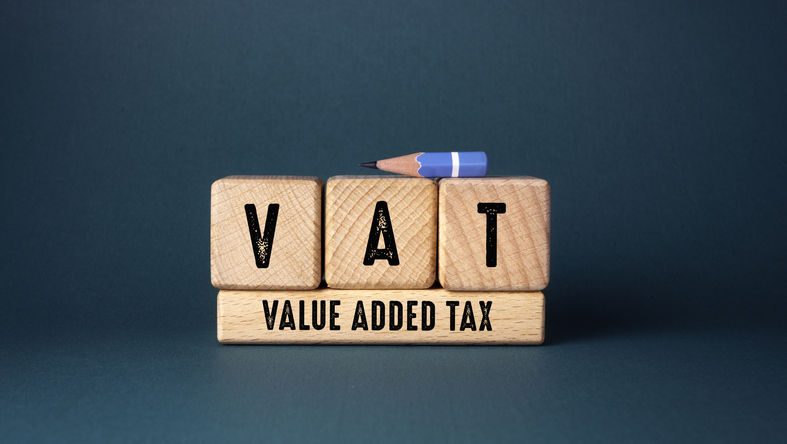R&D tax relief appears to be something that everyone is talking about. However, despite an increase in the number of claims being made over the last few years, awareness of the scheme remains lower than expected with many simply assuming it doesn’t apply to them. With the government announcing that they intend to simplify access to the scheme, the reality is that the relief is far more widely applicable than many believe. So, how can a company take advantage?
R&D: what is it?
Research and Development (R&D) tax relief or tax credits is a tax relief available to companies undertaking and investing in qualifying projects.
It provides an enhanced corporation tax deduction or tax credit depending on the size and profitability of a company, with claims made through a company tax return.
Companies below certain size limits can qualify for the more generous Small and Medium Enterprise (SME) Scheme. Larger companies, as well as those with subsidised expenditure or who act as a subcontractor to large companies, qualify within the Research and Development Expenditure Credit (RDEC) Scheme.
Companies can claim under the SME Scheme, provided the company or group has:
Fewer than 500 employees; and either
turnover of less than €100 million; or
gross assets of less than €86 million
What type of activities qualify for this relief?
R&D has an intentionally broad definition: where projects ‘seek to achieve an advance in science or technology through the resolution of scientific or technological uncertainties’. The advance may be in the development of a product or a process and may include software developed internally.
Detailed guidance is provided by the government with the scheme and is not limited to sectors or industries. We have worked with companies of all sectors and sizes to successfully claim the relief, including companies within the software, manufacturing, pharmaceutical, digital media, hospitality, financial services and farming industries.
For a project to be eligible for R&D tax relief it does not have to be ‘new’ in the common sense of the word. An advance from resolving uncertainties through adapting existing technologies or combining existing technologies can also be eligible. Moreover, advances which are already in existence can also qualify if the information is not readily and publicly available.
In addition, the project does not even need to be successful in order for R&D tax relief to be available.
How much is the relief?
Under the SME scheme, companies receive an enhanced corporation tax deduction equal to 230 per cent of qualifying R&D expenditure. R&D tax credits are then available for loss making companies at 14.5 per cent of this enhanced deduction (or the company’s enhanced corporation tax loss for the period, if lower). The credit can provide an effective tax credit of 33.35 per cent of qualifying R&D expenditure.
The SME scheme can therefore increase a company’s tax efficiency or provide vital cashflow for loss-making companies who claim a credit.
Under the RDEC scheme, companies receive a taxable credit of 11 per cent of qualifying R&D expenditure.
What is R&D qualifying expenditure?
R&D qualifying expenditure includes:
Staff costs: including employer’s National Insurance and pension costs
Externally provided workers, such as agency staff
Cost of R&D sub contracted to third parties (SME scheme only)
Consumables (including light, heat and power)
Software costs
Where any of the above costs are not wholly on qualifying R&D activities, an apportionment can be included within the R&D claim. It’s therefore important to review all relevant costs even where individuals’ main responsibility is not the activities.
Many believe detailed records or timesheets are required to assess the level of qualifying activities but in practice a claim that is supported by a reasonable methodology or assessment of individuals time is accepted by HMRC.
The expenditure need not even be within the UK with expenditure subcontracted overseas also capable of qualifying.
How does a company make a claim?
As mentioned above, a claim is made through a company tax return with claims possible up to two years from the end of the accounting period in which the R&D qualifying expenditure is incurred.
It is recommended that claims include a summary of the activities undertaken and qualifying costs recognised during the relevant period.
In the current climate, where more scrutiny is being placed on tax planning, it is important to remember that R&D tax relief is actively intended to provide benefits to companies investing in R&D. So the bottom line is that it pays to examine your company’s eligibility for tax relief.
Mark Shewring is a partner at haysmacintyre








